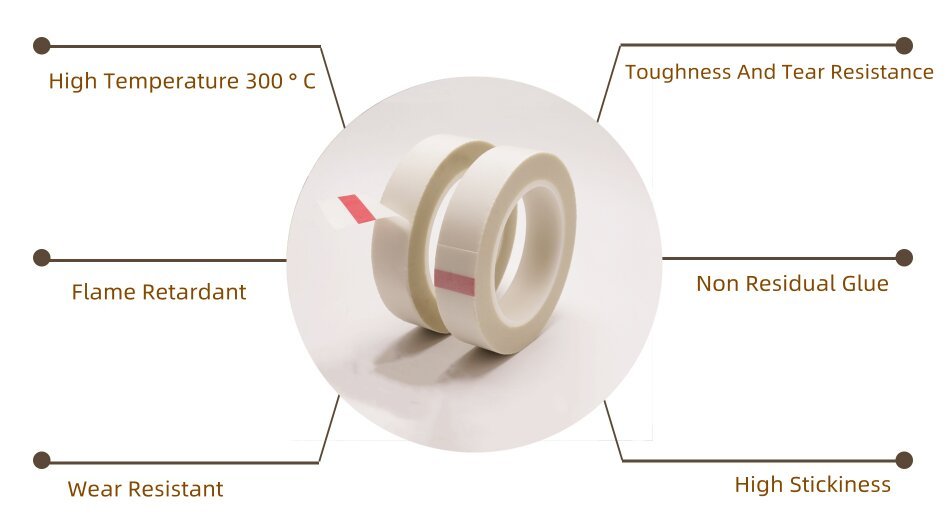In the pursuit of sustainable living and reducing carbon footprints, the adoption of renewable energy sources has gained immense popularity. Among these, solar energy stands out as a clean and abundant resource, offering a wide array of benefits. One of the most practical applications of solar technology is in the realm of water heating, where traditional electric or gas geysers can be converted to solar-powered systems. This comprehensive guide will walk you through everything you need to know about solar geyser conversions, empowering you to make an informed decision towards a greener future.
Understanding Solar Geyser Conversions
What is a Solar Geyser Conversion?
A solar geyser conversion involves retrofitting an existing electric or gas geyser system with solar panels and associated components to harness solar energy for water heating. Instead of solely relying on conventional energy sources, such as electricity or gas, solar geyser conversions utilize sunlight to heat water, thereby reducing energy consumption and utility bills while minimizing environmental impact.
How Does it Work?
The conversion process typically entails installing solar collectors, often mounted on the roof or other suitable locations with ample sunlight exposure. These collectors, comprised of solar panels or evacuated tubes, absorb sunlight and convert it into heat energy. This heat is then transferred to a heat exchanger within the geyser system, where it heats the water stored in the tank. A circulation pump or natural convection ensures efficient heat transfer, providing a continuous supply of hot water for household use.
Benefits of Solar Geyser Conversions
Energy Efficiency
One of the primary advantages of solar geyser conversions is their exceptional energy efficiency. By harnessing solar energy, these systems significantly reduce reliance on conventional energy sources, resulting in lower electricity or gas consumption. This not only translates to substantial cost savings over time but also contributes to environmental conservation by curbing greenhouse gas emissions.
Cost Savings
While the initial investment in a solar geyser conversion may seem significant, the long-term savings outweigh the upfront costs. With reduced reliance on grid electricity or gas, homeowners can enjoy lower utility bills and potentially recoup the installation expenses within a few years. Moreover, many regions offer incentives, rebates, or tax credits for adopting solar technology, further enhancing the financial benefits.
Sustainability
By harnessing the abundant energy of the sun, solar geyser conversions align with sustainable living practices. Unlike fossil fuels, which are finite and contribute to air and water pollution, solar energy is renewable and environmentally friendly. By choosing solar-powered water heating solutions, individuals can reduce their carbon footprint and contribute to a cleaner, greener planet for future generations.
Considerations Before Converting to Solar Geysers
Assessment of Solar Potential
Before proceeding with a solar geyser conversion, it’s crucial to evaluate the solar potential of your location. Factors such as sunlight exposure, shading, roof orientation, and local climate conditions can impact the efficiency and effectiveness of solar collectors. Consulting with a reputable solar provider or conducting a solar site assessment can help determine the feasibility and optimal placement of solar panels.
System Sizing and Configuration
Proper sizing and configuration of the solar geyser system are essential to meet the hot water demand of your household. Factors such as the number of occupants, daily water usage, climate, and ambient temperature fluctuations should be considered when selecting the appropriate system size and design. Working with experienced professionals ensures that your solar geyser conversion meets your specific requirements and maximizes energy savings.
Maintenance and Warranty
Like any mechanical system, solar geyser conversions require regular maintenance to ensure optimal performance and longevity. Periodic inspections, cleaning of solar panels, and checks on components such as pumps, valves, and the heat exchanger are necessary to prevent issues and prolong the lifespan of the system. Additionally, inquire about warranty coverage and support services from your chosen solar provider to address any potential issues promptly.
Conclusion
Solar geyser conversions offer a sustainable, cost-effective solution for water heating, allowing homeowners to reduce energy consumption, lower utility bills, and minimize environmental impact. By harnessing the power of the sun, these systems provide a renewable and reliable source of hot water for household use. However, careful consideration of factors such as solar potential, system sizing, and maintenance requirements is essential to ensure the successful implementation and optimal performance of a solar geyser conversion. With the right planning and professional guidance, transitioning to solar-powered water heating can pave the way towards a greener, more sustainable future.
For more information on solar geyser conversions and sustainable energy solutions, visit Apollo Solar Technology.




